Imagine walking into a forest at dawn, expecting the familiar chorus of birdsong, only to be greeted by an eerie silence. The air feels heavier, the world a little duller, as if nature itself is holding its breath. For centuries, songbirds have been the lively soundtrack to our wild places, their melodies signaling the health and vibrancy of entire ecosystems. But what happens when those voices fade away? The disappearance of songbirds is not just a loss of music—it signals a web of consequences that ripple far beyond the trees. Let’s step into this quieted world and uncover what unfolds when the songbirds go first.
The Heartbeat of the Forest: Why Songbirds Matter
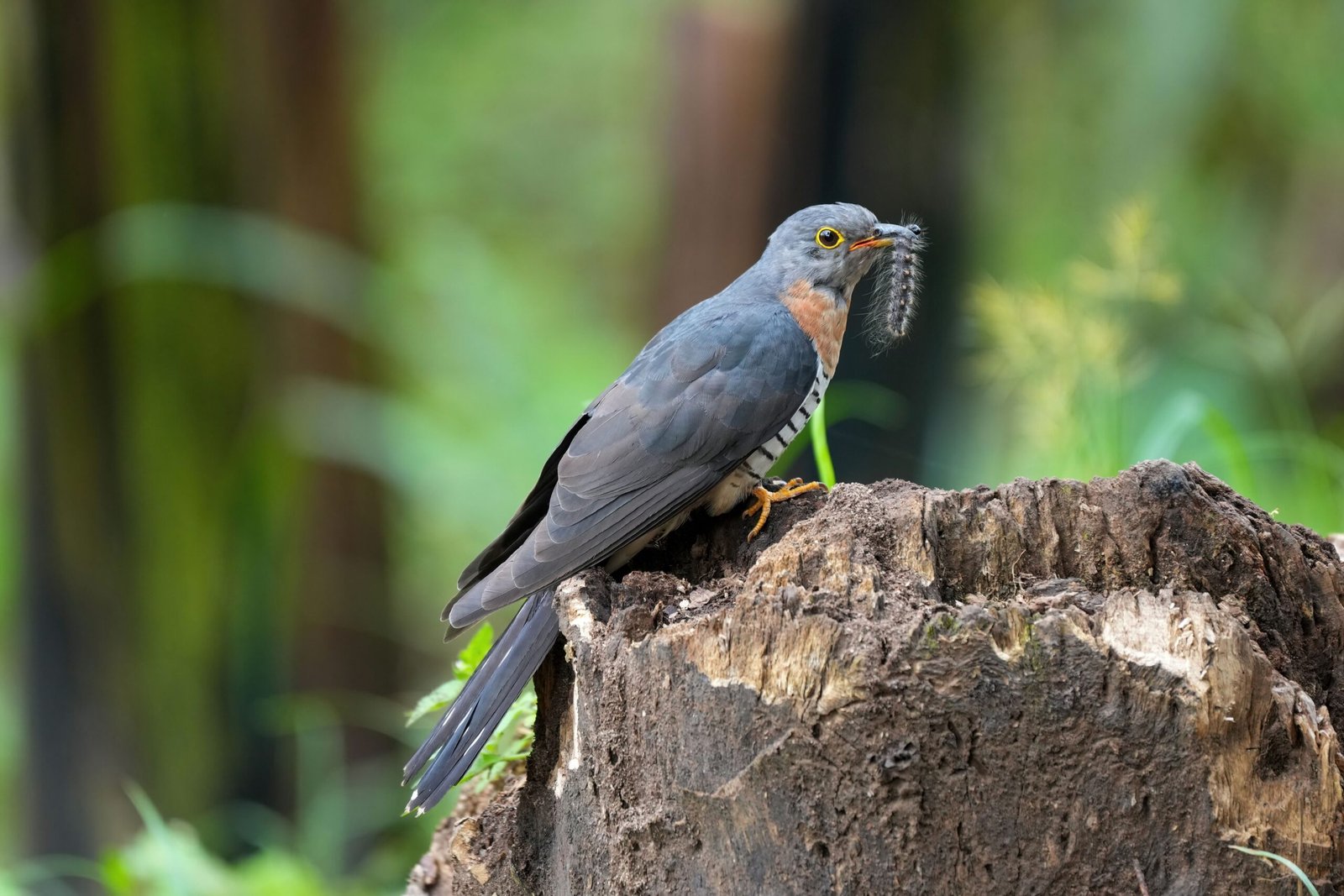
Songbirds are more than just decorative features in a forest; they are the heartbeat of these environments. Their calls and songs create a living tapestry, weaving together communication that affects every corner of the wild. Many animals rely on these sounds to interpret danger or find food. For people, birdsong is often the very essence of a peaceful morning, an audible sign of life thriving. When songbirds vanish, the forest’s symphony collapses into silence, and its meaning is lost. Their presence is a signal—a pulse that tells us all is well, or warns us when something is wrong. If they disappear, we lose a vital sign of the ecosystem’s health.
The Delicate Balance of Biodiversity
Songbirds play a starring role in maintaining biodiversity. They feed on insects, pollinate plants, and scatter seeds, helping forests regenerate and flourish. Removing these birds is like pulling a crucial thread from a tapestry—the entire structure starts to unravel. Without their pest control, insect populations can surge unchecked, damaging leaves and crops. Fewer seeds are spread, so young trees and plants struggle to grow. This delicate network of life depends on each species doing its part, and when songbirds go missing, the balance tips dangerously.
Pollinators in Disguise: Birds and Blossoms
While bees and butterflies often get the spotlight, many songbirds are secret pollinators, especially in tropical forests. Birds with curved beaks sip nectar from flowers, inadvertently carrying pollen from one bloom to another. When these birds decline, plants that rely on them may fail to reproduce. Over time, this can cause certain flowers and fruits to disappear, affecting animals that depend on them for food. A forest without songbird pollinators slowly loses its color and variety, fading into monotony.
Natural Pest Control: The Insect Predators
Songbirds are nature’s pest controllers. Warblers, flycatchers, and chickadees devour thousands of insects daily, keeping caterpillars, beetles, and mosquitoes in check. In their absence, farmers and gardeners notice the difference—crops and ornamental plants suffer more damage, and the need for chemical pesticides skyrockets. This not only costs more money but also harms other wildlife and pollutes water sources. Songbirds keep this invisible battle balanced, saving us from a world overrun by bugs.
The Seed Dispersal Chain Reaction
Many trees and shrubs rely on birds to spread their seeds. Thrushes, robins, and tanagers eat fruit and later drop seeds far from the parent plant. This helps forests recover after storms, fires, or logging, filling empty spaces with new growth. If fewer birds are around, fewer seeds travel, and forests regenerate much more slowly. Over years, this leads to older, thinning forests with fewer young plants—a slow, silent decline that’s hard to notice until it’s too late.
The Domino Effect: What Happens to Other Animals?
When songbirds disappear, it sets off a chain reaction for other creatures. Small mammals, reptiles, and even larger birds depend on the presence of songbirds, whether as prey, competitors, or companions. Owls may find less to eat, and snakes might lose a major food source. With fewer birds, some predators might turn to other animals, disrupting their populations as well. The whole food web shakes, sometimes in unexpected ways, showing just how connected every creature is in the forest.
Warning Signals: Songbirds as Environmental Sentinels
Scientists call songbirds “sentinels” because they’re often the first to react to environmental changes. Their fast metabolism and sensitivity to toxins mean they quickly show signs of pollution, habitat loss, or climate shifts. A sudden drop in songbird numbers often means something in the environment has changed—pesticides, disease, or deforestation. Their decline is a warning, a red flag that trouble is brewing for all wildlife, including humans.
Human Encroachment: The Expanding Threat
Our cities, farms, and roads are spreading deeper into forests every year, slicing habitats into smaller and smaller fragments. Songbirds need connected spaces to find food, mates, and safe nesting sites. Highways and buildings often prevent them from moving freely, leading to isolated populations that are more vulnerable to disease and predators. As we carve up the landscape, we cut off the lifelines songbirds rely on, making survival that much harder.
Pesticides and Poison: A Hidden Killer
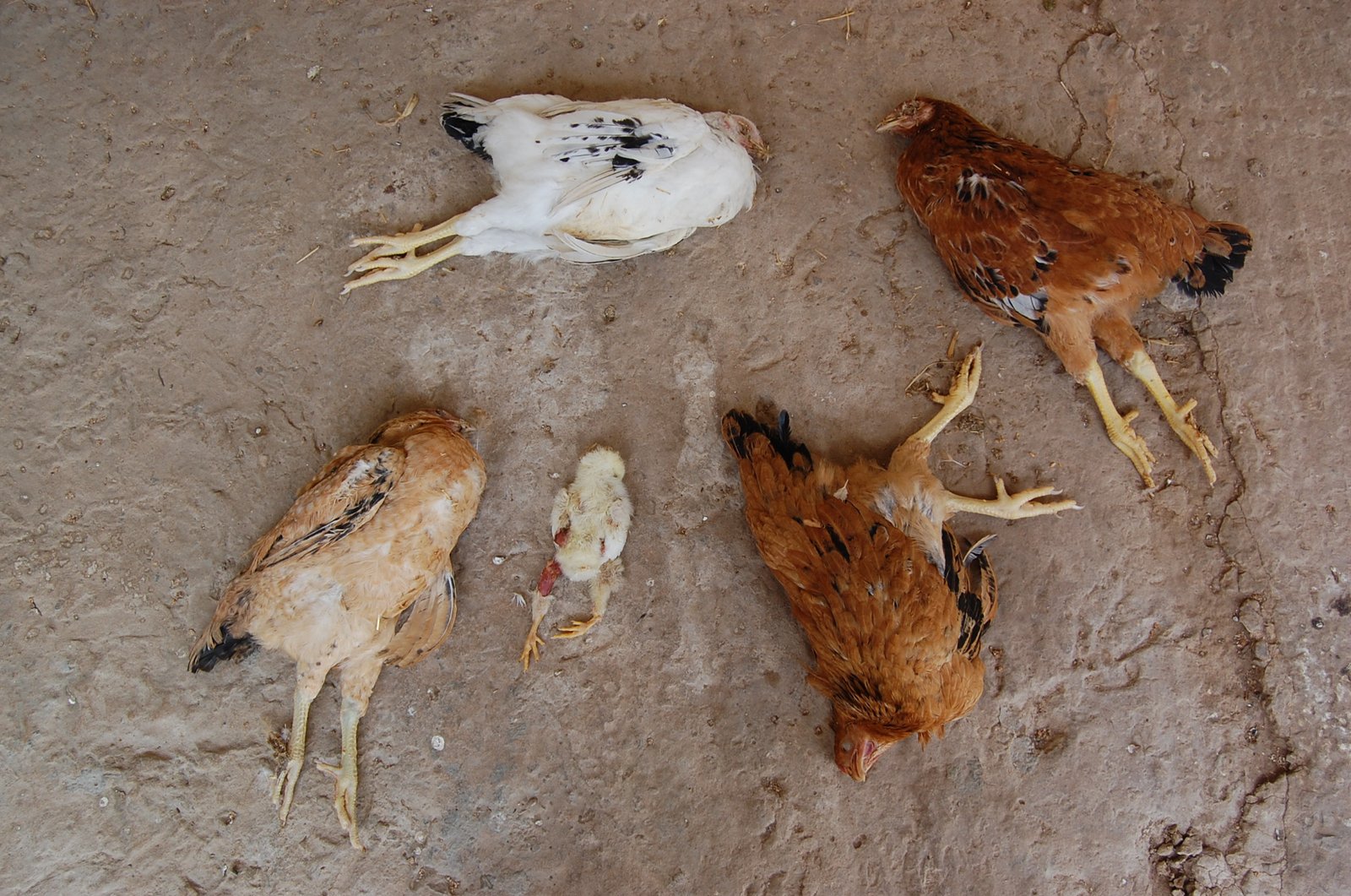
Pesticides meant for insects don’t just kill bugs—they often harm songbirds, too. Birds eat poisoned insects or seeds and suffer from poisoning themselves. Some pesticides also reduce the insects that birds need to feed their chicks, leading to starving nestlings and fewer birds fledging each year. The invisible threat of chemicals seeps into every corner of the forest, weakening songbird populations in ways we often don’t see until numbers crash.
Climate Change: Shifting Seasons and Empty Nests

As temperatures rise and weather patterns change, songbirds face new challenges. Some migrate thousands of miles, timing their journeys to match the arrival of insects and blooming plants. But climate change is throwing off this delicate timing, causing birds to arrive too early or too late—missing the peak food they rely on. Nesting seasons may shorten, and extreme heatwaves or storms can destroy nests, making survival a gamble. The once predictable rhythms of the forest are becoming chaotic.
Invasive Species: New Competitors and Predators
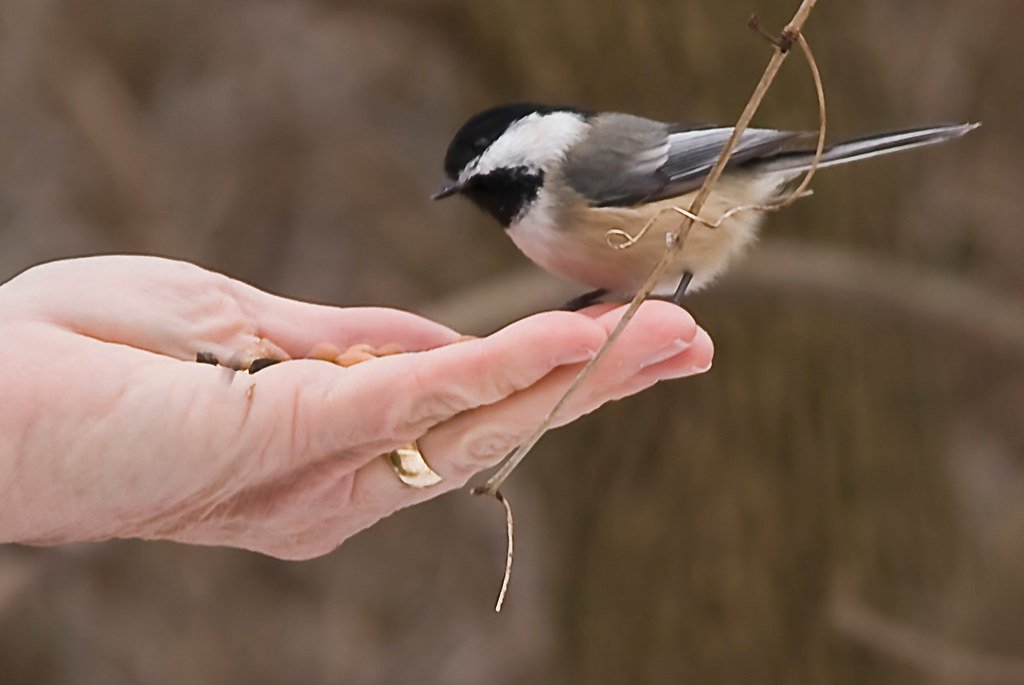
When humans introduce new animals or plants to forests, it often spells trouble for songbirds. Invasive species like rats, cats, and snakes eat eggs, chicks, and adult birds, sometimes driving entire species extinct on small islands. Aggressive plants can outcompete the native vegetation that birds need for food and shelter. These new pressures pile on top of existing threats, pushing songbirds closer to the edge.
The Sound of Silence: Psychological Impacts on Humans
The absence of birdsong is more than just a quiet morning—it affects our mental well-being. Studies show that natural sounds, especially birdsong, boost mood, reduce stress, and help us feel connected to nature. When these sounds fade, people often notice a sense of loss or unease, even if they can’t explain why. For many, the silence is a reminder that something fundamental is missing from the world around us.
Local Extinction: When the Songs Stop Forever
In some places, songbirds have vanished entirely—gone locally extinct. Places like Guam have lost nearly all their forest birds to invasive snakes. Caribbean islands have seen colorful songbirds disappear due to habitat destruction and predation. Once the birds are gone, their unique songs and roles in the ecosystem are lost forever, and the forest becomes a different, emptier place.
The Economic Cost of Losing Birds
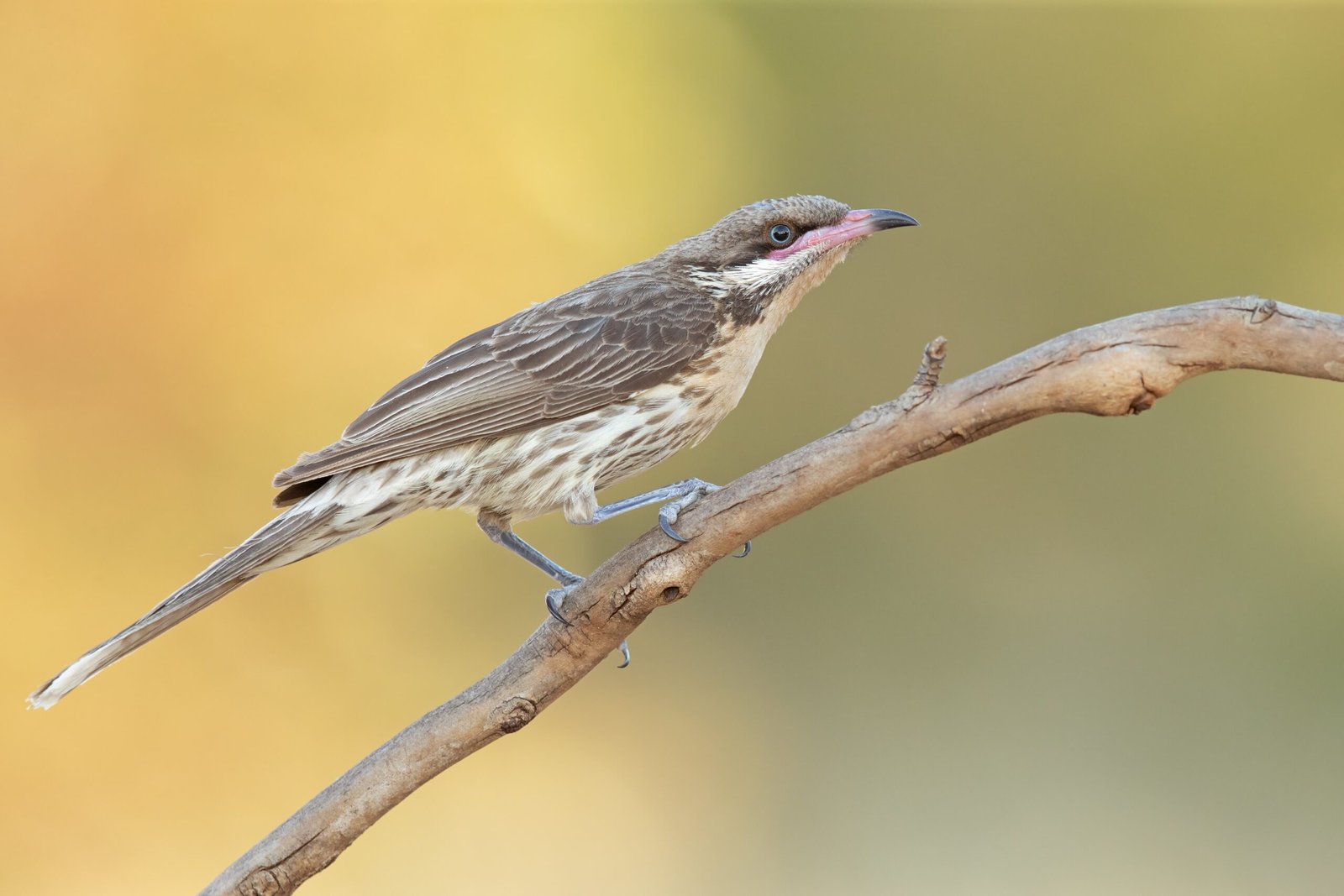
Songbirds contribute to the economy in ways most people never consider. Birdwatchers spend billions each year on travel, gear, and guides. Healthy forests—maintained in part by birds—support tourism, recreation, and even jobs. When birds decline, so does interest in these activities, and communities lose a valuable source of income. Not to mention, the loss of natural pest control and pollination can drive up costs for farmers and gardeners alike.
Cultural Connections: Birds in Myth and Memory
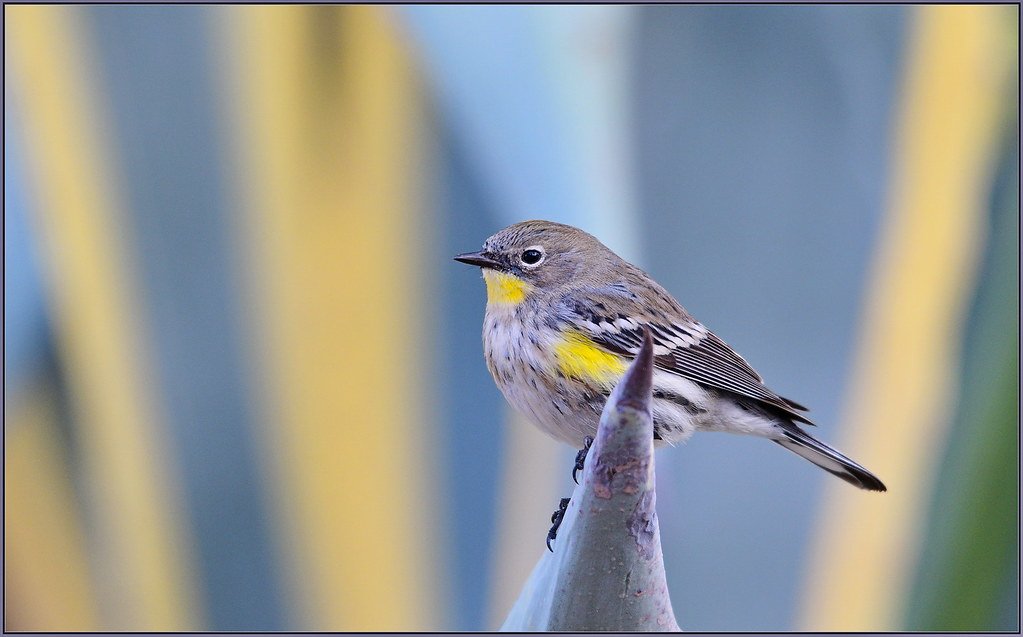
Throughout history, songbirds have inspired art, music, and folklore. From the nightingale’s lullaby to the canary in the coal mine, birds have always been symbols of beauty, hope, and warning. When they disappear, cultures lose part of their heritage—stories, songs, and traditions built around these tiny creatures. It’s a loss that echoes in language, art, and memory, leaving us all a little poorer.
The Role of Citizen Science

Everyday people play a huge role in tracking songbird populations. Birdwatchers, hikers, and even backyard observers contribute to massive databases by reporting what they see and hear. This citizen science helps researchers detect declines early and understand where help is needed most. The simple act of noticing—and caring—about birds can drive real change, giving hope for conservation.
Conservation Success Stories
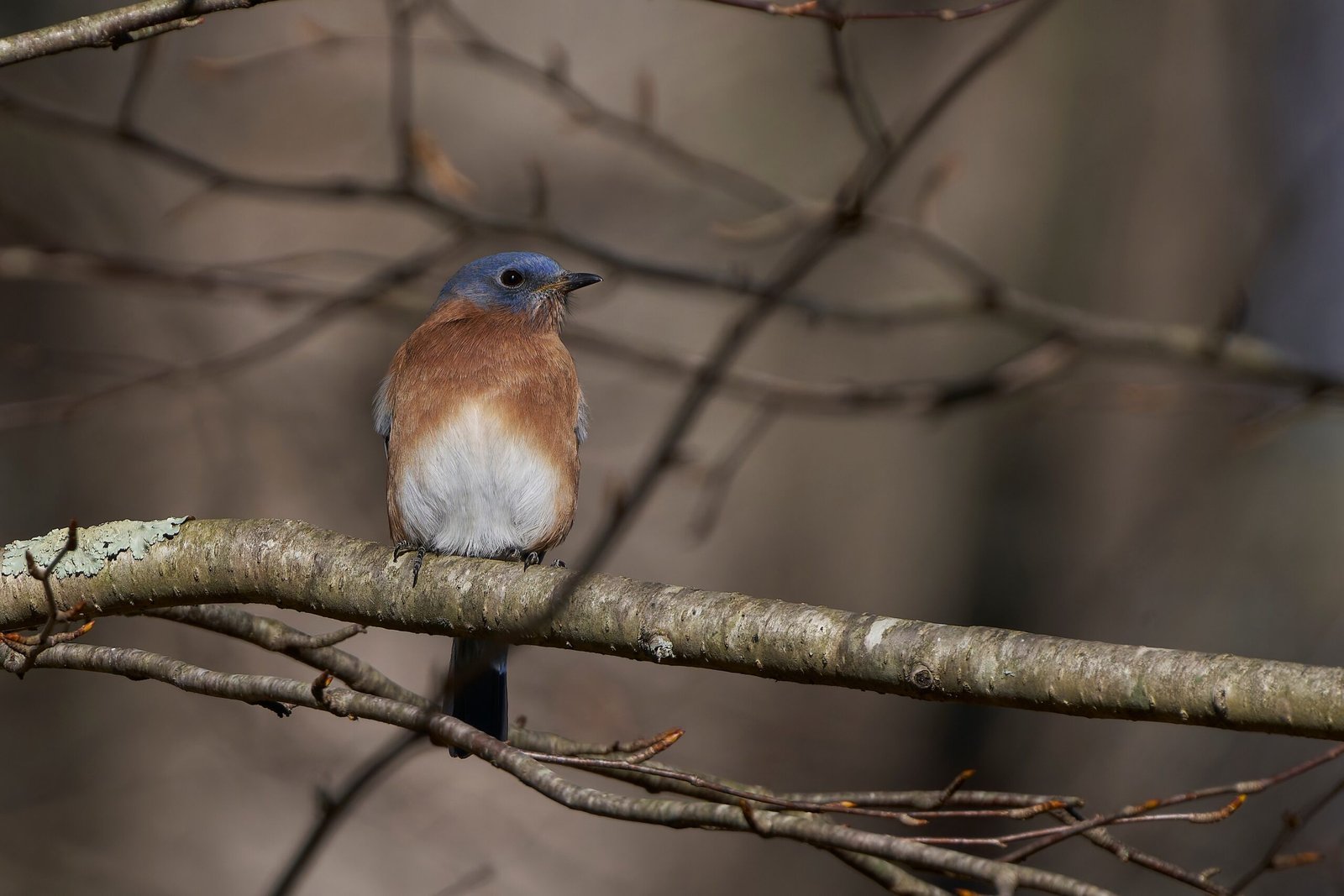
It’s not all doom and gloom; some songbird populations have bounced back thanks to dedicated efforts. The eastern bluebird, once rare, has rebounded thanks to nest box programs. In Britain, the red kite soared back from near extinction after reintroduction projects. These successes prove that with care, knowledge, and action, we can help restore the songs to our forests and bring hope to other struggling species.
How You Can Make a Difference
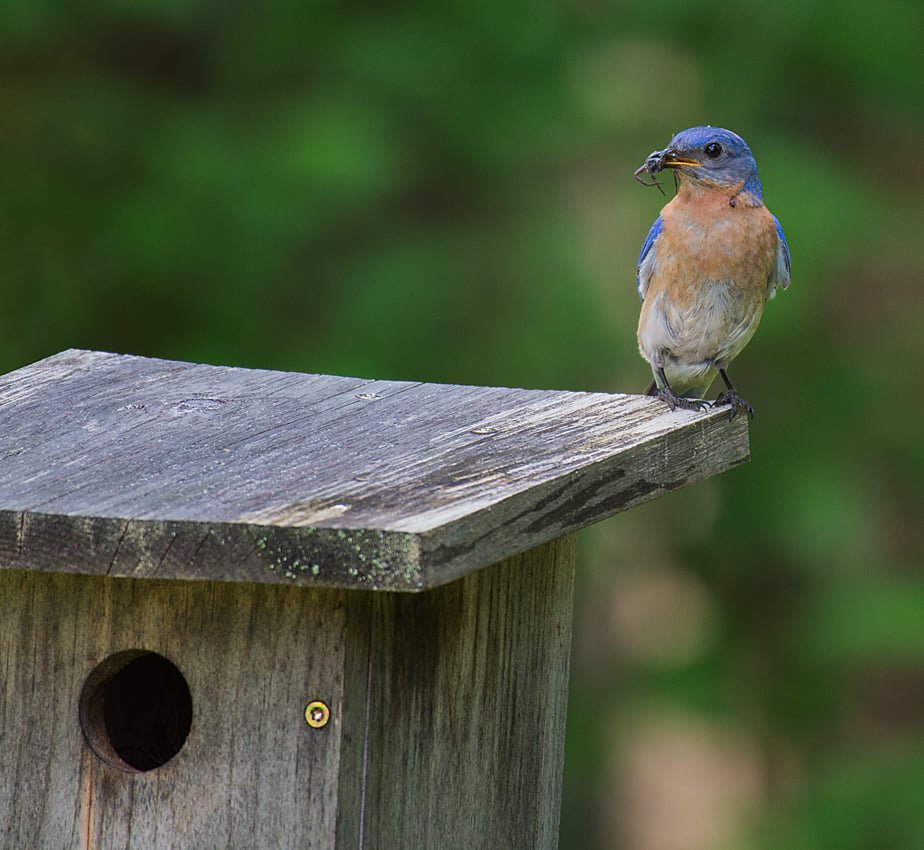
Everyone can help protect songbirds, even from their own backyard. Planting native trees and shrubs provides food and shelter. Avoiding pesticides and keeping cats indoors can save countless birds each year. Supporting conservation groups and spreading awareness about the importance of songbirds are small steps that add up. Each of us has a role in keeping the forests alive with song.
Listening for the Future
The fate of songbirds is tied to the choices we make today. Their songs carry messages of warning, beauty, and hope. By paying attention, making changes, and valuing the role of these feathered musicians, we can decide whether future generations will wake to a chorus or a silence. The question is—will we act in time?

